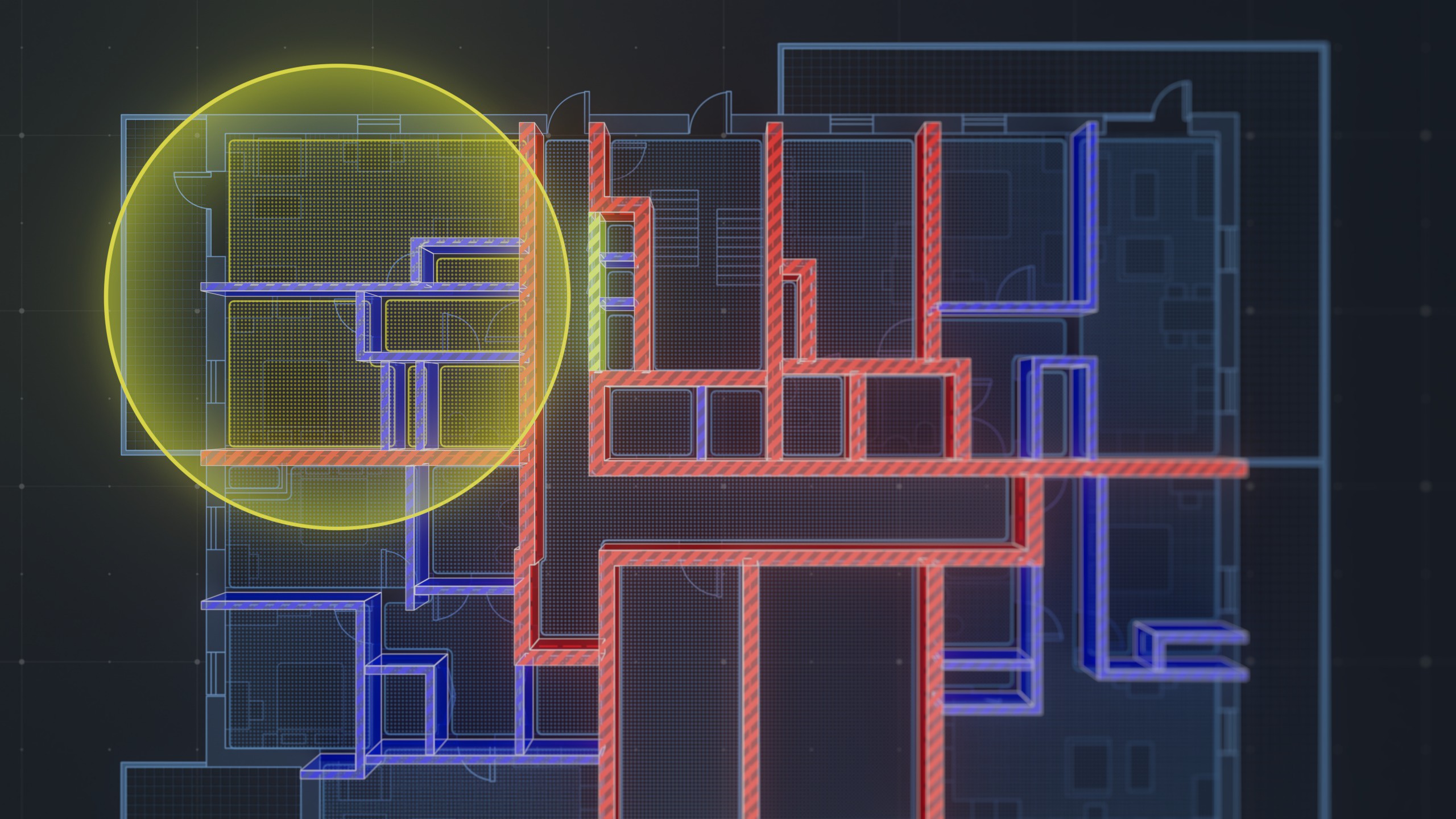Green building involves constructing structures in a manner that has minimal impact on the environment or has a positive long-term impact after the construction is complete. For example, using recycled construction materials means the structure did not take from the land during the building process. Installing solar panels can limit the property’s consumption of fossil fuels for decades after it is built.
More companies than ever are exploring innovative ways to reduce the carbon footprint of construction projects. These sustainability efforts have far-reaching effects on the environment. Get to know some of the revolutionary advancements and how they are changing standard building practices.
1. Radiant Heating and Cooling
Most modern buildings use forced-air systems to heat or cool spaces. These systems use a lot of electricity and aren’t very effective. Anyone who accidentally forgets to close a window or has poor insulation knows how easy it is to let the hot or cold air out.
Radiant flooring systems use water that gets pushed through a series of tubes for better climate control. These systems take up less space and often require less maintenance than traditional HVAC systems. There are also radiant ceiling panels that use similar processes.
As these systems become more common, people can see the benefit of radiant heating and cooling and opt for this method within their construction projects.
2. Smart IAQ Monitors
Indoor air quality (IAQ) refers to the air you breathe when you are inside. Even if the air outside is fresh and clean, your indoor air might be filled with dust mites, skin cells, and even mold. Smart IAQ monitors can alert people to dirty air so they can take steps to clean it. These monitors can also actively protect occupants. If someone has a dust allergy or asthma, they will experience fewer symptoms in a space with cleaner air.
It’s impossible to control the outdoor air. Pollen season triggers allergies and wildfires can make the air smokey and toxic. However, you can take steps to filter and clean your indoor air to remove your share of the toxins.
3. Passive Solar Power
When people think about solar, they usually picture bulky panels that are placed on roofs that provide electricity to the building. However, you can install modern solar systems during the construction process and create natural climate control processes within the space.
With passive solar, builders install southward-facing windows that let in heat during the day. The system uses a thermal mass made of masonry to collect the sun’s warmth, distributing the heat through convection, conduction, and radiation during cooler periods in the evening. Solar cooling systems use shade and natural ventilation to remove unwanted heat during the day while preserving it at night.
Passive solar technology can reduce a home’s heating and air conditioning usage — which makes up most of a building’s electricity consumption — by tapping into the sun’s natural patterns. This lowers the building’s carbon footprint if it uses a fossil fuel-reliant utility company.
4. Recycled Materials
Recycled materials are items made from waste that would otherwise be thrown away. These are more sustainable building materials because companies don’t extract new materials from forests or other parts of the planet during the development process.
One new material that is getting a lot of interest is Ferrock, which is made from 95% recycled materials and is considered a strong alternative to concrete. When you opt for materials like Ferrock, you can feel confident that your building did not hurt the environment during the construction process. You can even feel good knowing that you saved waste from the landfill.
5. Smart Glass
Electrochromic glass, also known as smart glass, adjusts its transparency and tint depending on the time of day. On a hot summer day, the glass will adjust to prevent heat from passing through the window and warming the space, thus lowering the need for air conditioning. However, if a summer storm blows through and the skies get dark, the windows will become transparent again to let light into the room.
Like passive solar power systems, smart glass technology uses natural weather patterns to control the climate in the house. Your windows will look different during the hottest, longest days of summer than in the short, cold winter days.
6. Cool Roofs
Building roofs are heated throughout the day because of their direct exposure to sunlight. Most roofs absorb the sun’s heat and can make a building hot in the warm months. However, cool roofs are designed to mitigate this absorption. They reflect heat and prevent the hot rays from warming the buildings they are installed on.
There are multiple ways to add a cool roof to your house. According to the Department of Energy, white roofing reflects up to 90% of sunlight, preventing it from absorption. Different materials also have various absorption levels and environmentally friendly alternatives. Talk to your contractor to discuss your cool roof options.
7. AI-Powered Quantity Surveying Tools
Green construction strikes a balance between long-term investments like smart glass or passive solar power and short-term environmental stewardship in materials use. By investing in better quantity surveying, construction teams can more accurately estimate the materials they need so there is less waste. For example, you won’t be left with piles of unused white shingles on the cool roof you are installing.
Construction innovators are investing in AI-based technology to develop better surveying tools and resources to measure materials needs. These software programs and apps can make launching a construction project easier while minimizing waste.
8. Sustainable Material Sourcing
Finding sustainable materials is important for green building, but it is also important to look into the sourcing of those items. For example, buying locally sourced lumber usually has a lower carbon impact because it wasn’t shipped across the globe. Developers can look for vendors that invest in environmentally sound practices and reduce their impact on the planet.
Opting for sustainably sourced products can impact your project budget, which once again highlights the importance of clear estimates for your materials needs. You don’t want to pay for sustainably sourced materials you won’t use. Properly estimating your concrete needs, framing materials, flooring, and even masonry will help you complete your project on time without sending items to the landfill.
The Future of Green Construction
These are just a few trends that are currently grabbing the attention of builders and developers across the globe. There are several other ways to invest in green building to create new structures without harming the environment. Here are a few additional green construction trends to keep an eye on:
- Modular homes: Properties that are built in factories and delivered to specific sites. They reduce construction materials waste because manufacturers know the exact amounts of materials they need to create structures.
- Renewable materials: Developers are looking for materials that have less of an environmental impact to replace traditional timber. For example, bamboo is fast-growing and can be engineered to meet your durability needs.
- Greywater systems: Take water that you have already used and repurpose it. For example, water will drain from your shower or dishwasher, go through a cleaning system, and come out through the sprinklers in your yard.
- Smart homes: Technology companies continue to look for ways to help people use less electricity through smart optimization.
There is no single solution to green building. It is a process that incorporates several elements and considerations. Good materials estimates reduce waste. Recycled materials keep trash out of landfills. In the long run, solar power, smart glass, cool roofs, and greywater systems keep a home’s environmental impact low. Each step contributes to a greener building that supports the planet as a whole.




.png)